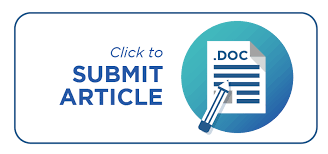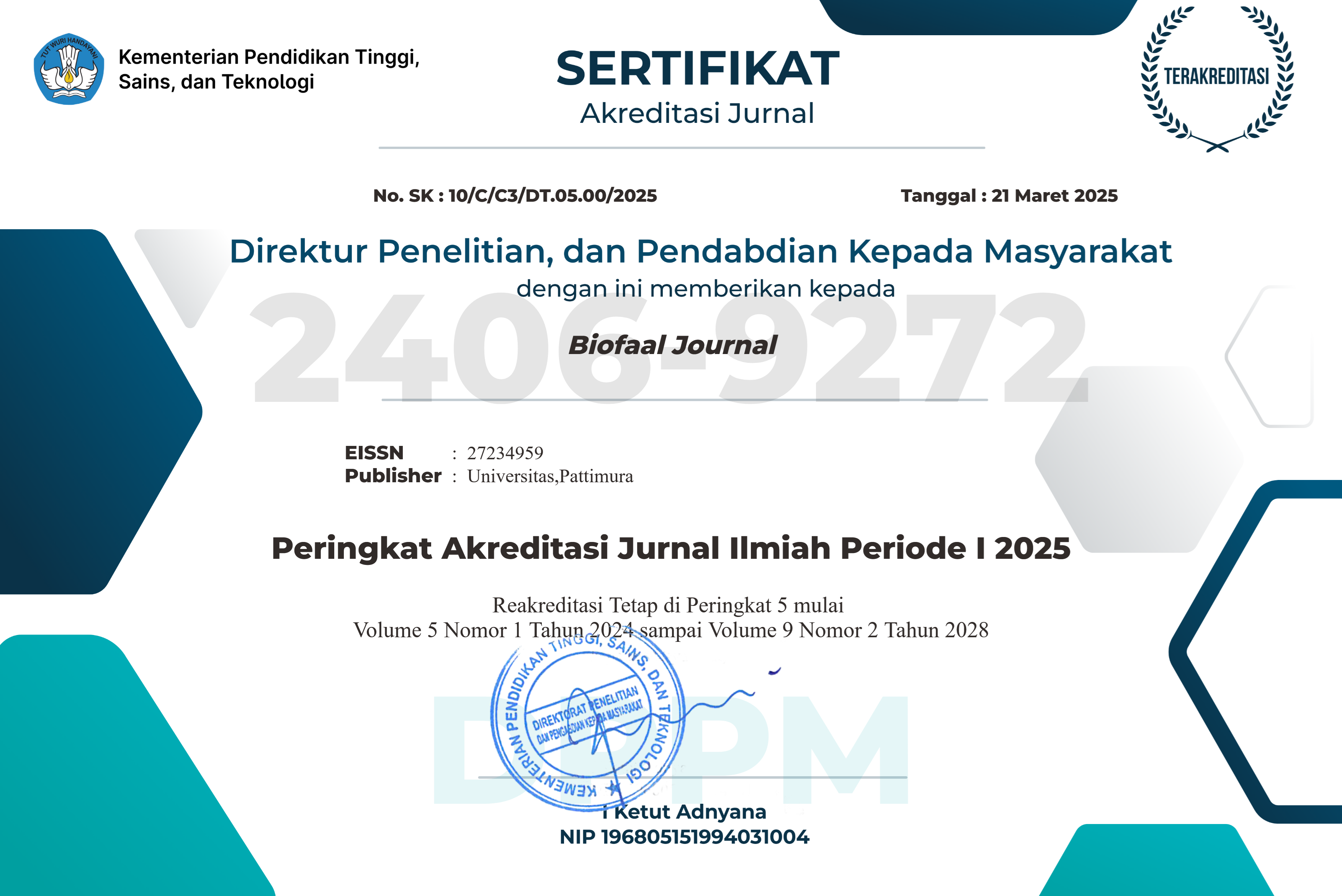Phytochemical and Bioactivity Study of Sargassum duplicatum as a Candidate Natural Biolarvicide Compound
Abstract
Dengue hemorrhagic fever (DHF) is an endemic disease found in nearly all provinces of Indonesia. The occurrence of DHF is closely associated with climatic factors on spatial, temporal, and spatio-temporal scales. The search for new methods to eliminate the sources of dengue virus transmission is both urgent and essential. Sargassum duplicatum, a species of brown seaweed native to Indonesia, has been shown to possess potential antioxidant properties. This alga contains bioactive compounds, including steroids, alkaloids, phenols, flavonoids, saponins, and tannins, which are suspected to be toxic to insects. This study aimed to evaluate the larvicidal activity and determine the LC₅₀ and LC₉₀ values of ethanol extract from Sargassum duplicatum against the larvae of Aedes aegypti mosquitoes. A completely randomized design (CRD) was employed, consisting of five treatment groups with three replications each. A total of 300 third-instar Aedes aegypti larvae were introduced into treatment containers containing predetermined concentrations of Sargassum duplicatum ethanol extract, with each container holding 20 larvae. Observational data were analyzed using ANOVA and probit analysis. Phytochemical screening of the ethanol extract from Sargassum duplicatum confirmed the presence of flavonoids, saponins, tannins, and alkaloids. The extract demonstrated increased larval mortality in Aedes aegypti with increasing concentrations. A concentration of 75 ppm exhibited larvicidal efficacy comparable to that of 1% Abate. The LC₅₀ value of the ethanol extract was calculated to be 9.098 ppm, while the LC₉₀ value was 20.485 ppm.
Downloads
Copyright (c) 2025 Nadira Pattimura, Nastain Abubakar Pattimura

This work is licensed under a Creative Commons Attribution-NonCommercial-ShareAlike 4.0 International License.
1. Author retain copyright and grant the journal right of first publication with the work simultaneously licensed under a creative commons attribution license that allow others to share the work within an acknowledgement of the work’s authorship and initial publication of this journal.
2. Authors are able to enter into separate, additional contractual arrangementfor the non-exclusive distribution of the journal’s published version of the work (e.g. acknowledgement of its initial publication in this journal).
3. Authors are permitted and encouraged to post their work online(e.g. in institutional repositories or on their websites) prior to and during the submission process, as it can lead to productive exchanges, as well as earlier and greater citation of published works.







